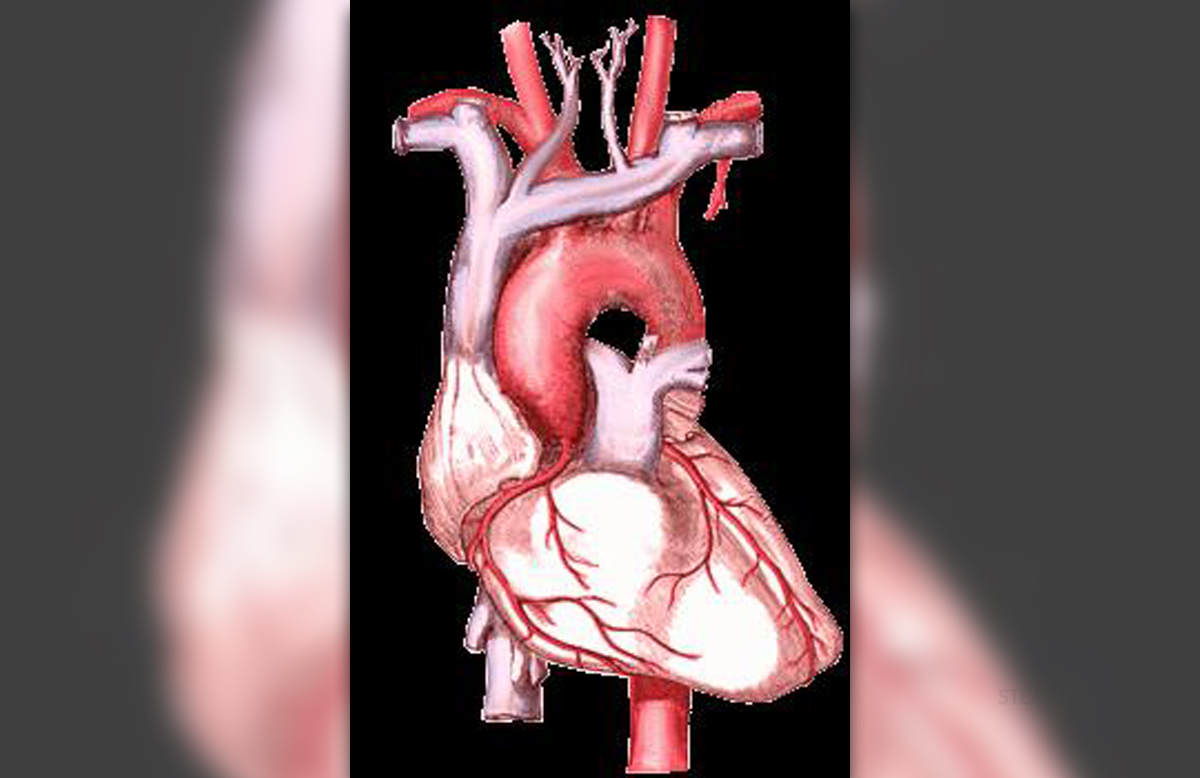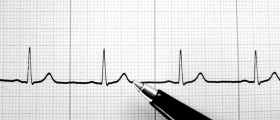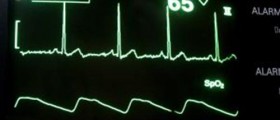
Heart rate is defined as the number of heartbeats per unit of time. Typically, this value is expressed as beats per minute (bpm). Heart rate is actually the frequency of the cardiac cycle, which refers to the events related to the flow or blood pressure that occurs from the beginning of one heartbeat to the beginning of the next. Under normal circumstances, each cycle takes approximately one second, during which the blood pressure increases and decreases, and blood is pumped out of the heart to be carried away through the pulmonary artery and the aorta to the rest of the body.
Normal resting heart rate
Heart rate varies according to the body’s need for oxygen and excretion of carbon dioxide. If a person does exercises, for example, the need for oxygen will be pronounced and the heart rate will elevate. On the other hand, if a person is sleeping, the body is at rest, and the heart rate decreases. Whatever is the case, measuring heart rate is relatively easy. A person doesn't need any kind of special equipment to find out this value. Heart rate is easily found by counting the amount of time the pulse beats in 10 seconds, and multiplying it by six.
A normal heart rate at rest is the number of heart beats when the body is resting, or lying down awake. The resting heart rate is measured only if the person has not recently exerted or involved in a vigorous activity while lying. Typical healthy resting heart rate is somewhere between 60 and 80 beats per minute. If the heart rate is decreased below 60 beats per minute, the condition is referred to as bradycardia. This is a potentially dangerous situation as it may cause cardiac arrest in some patients, because the heart may not be pumping enough oxygen. If the rates are above 100 beats per minute, the condition is referred to as tachycardia, and in can be dangerous depending on the speed and type of rhythm.
Exceptions
Athletes usually have resting heart rates below 60 beats per minute. These very low rates (often around 30 beats per minute) are typically measured in cyclists, but they are also usual for people doing regular physical exercise. Measuring heart rates in children demands a lot of understanding and attention since their heart rates usually vary and generally depend on the child’s age and the level of activity. There is no final agreement on what are the exact ranges that should be considered normal for children.
- medlineplus.gov/ency/article/003399.htm
- www.cdc.gov/nchs/data/nhsr/nhsr041.pdf
- Photo courtesy of Mikael Hu00e4ggstru00f6m by Wikimedia Commons: commons.wikimedia.org/wiki/File:Heart_(more_red).gif

















Your thoughts on this
Loading...